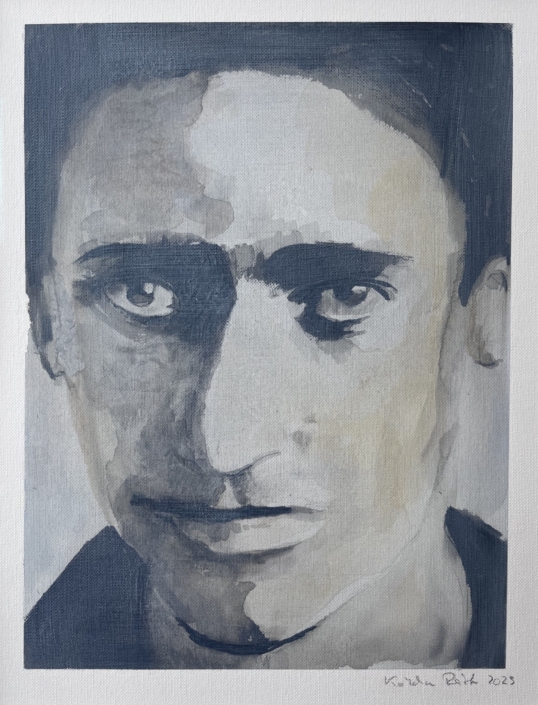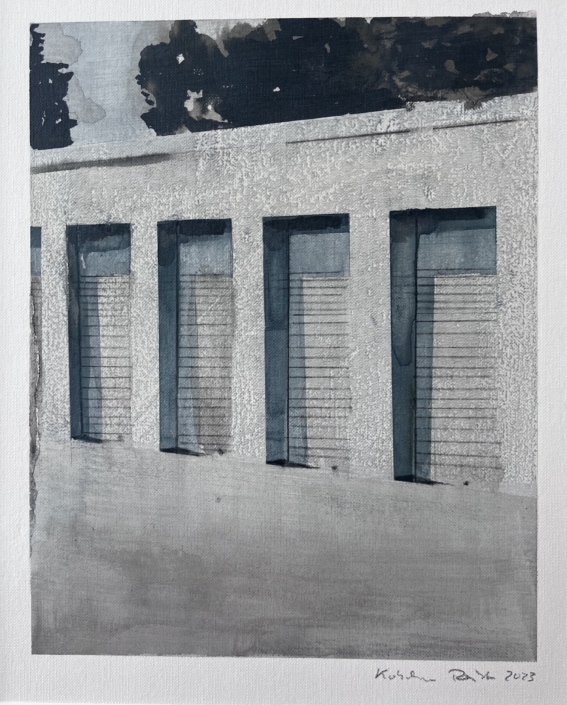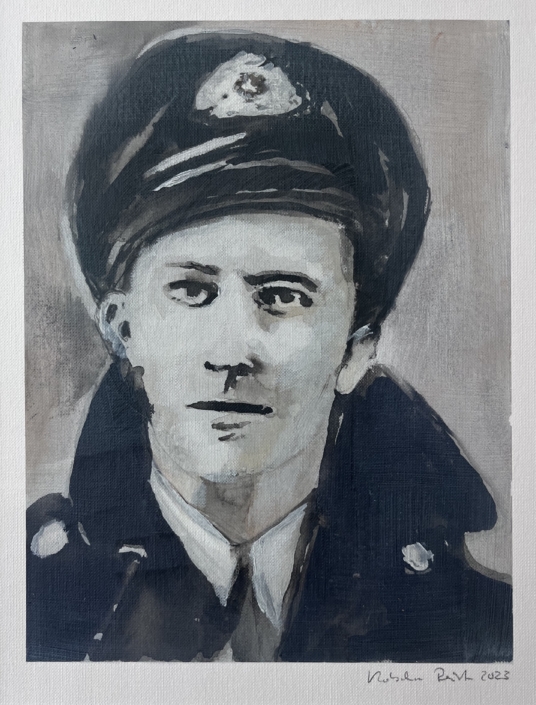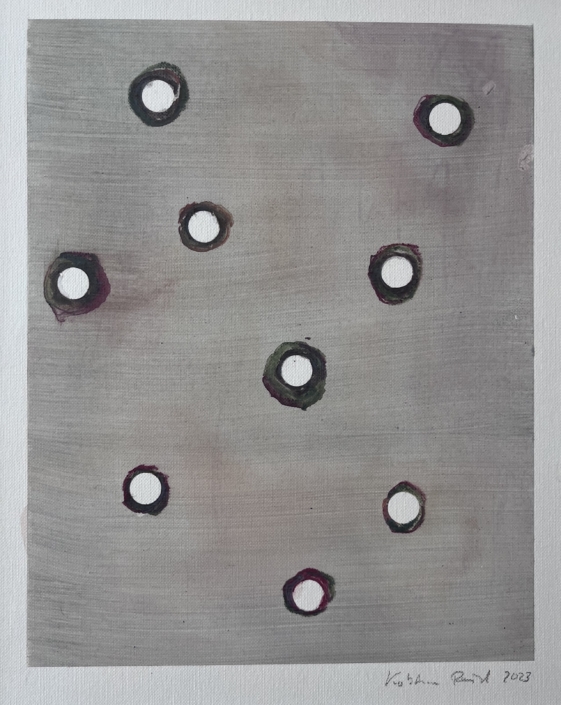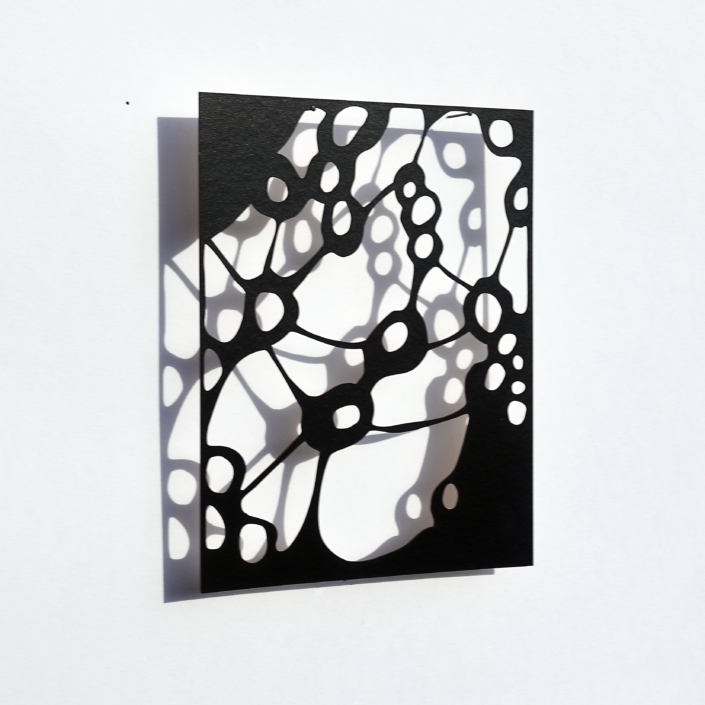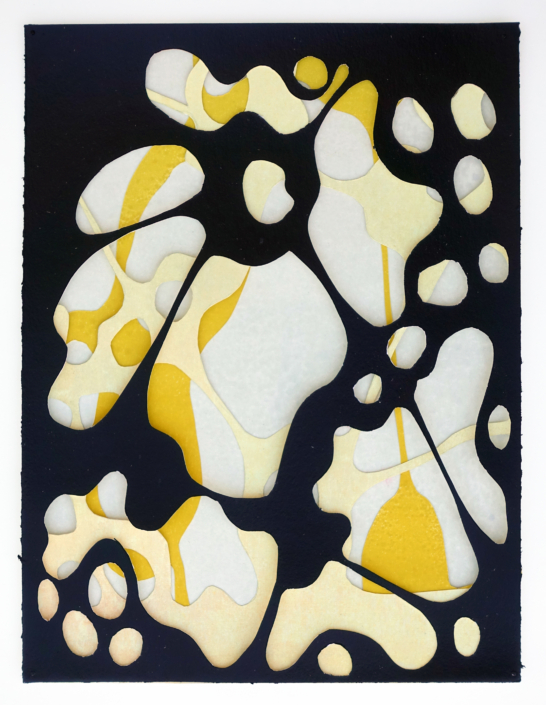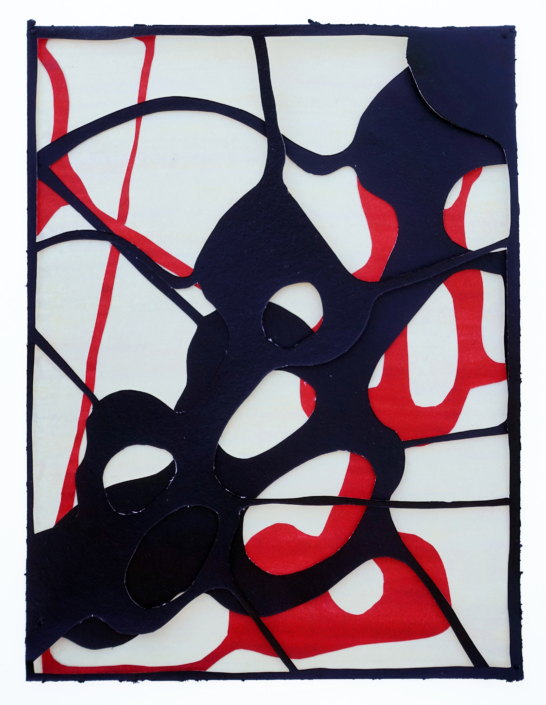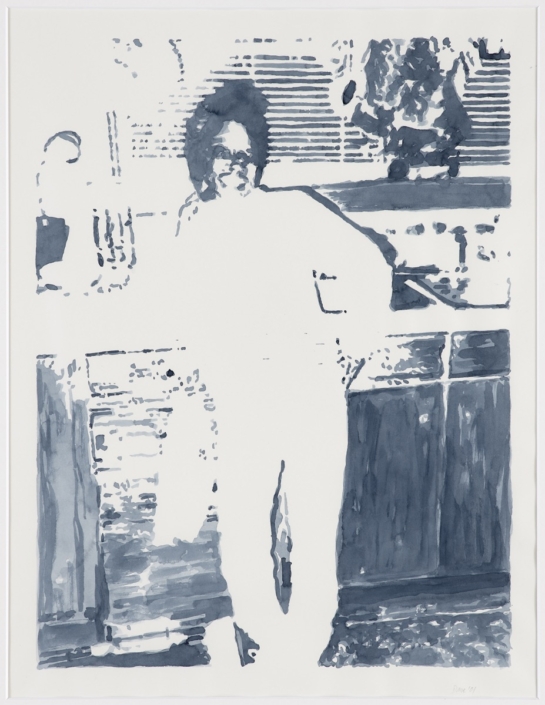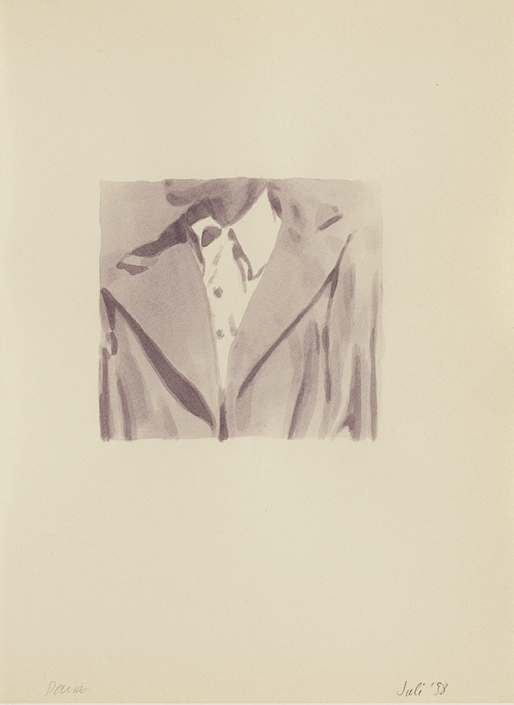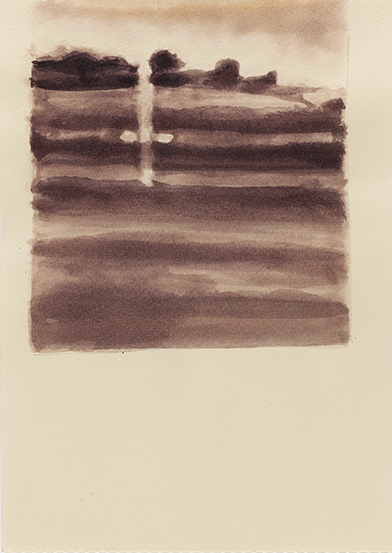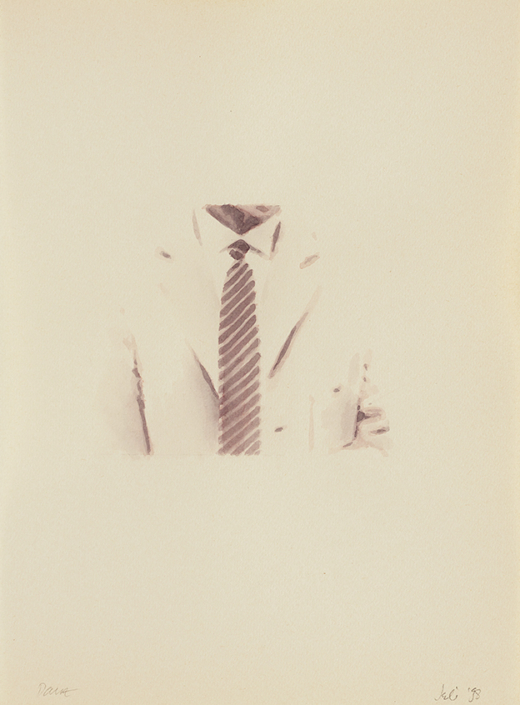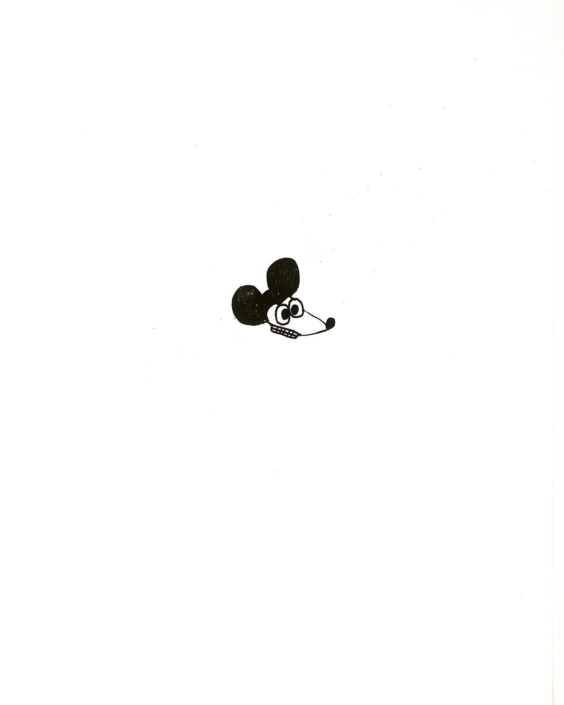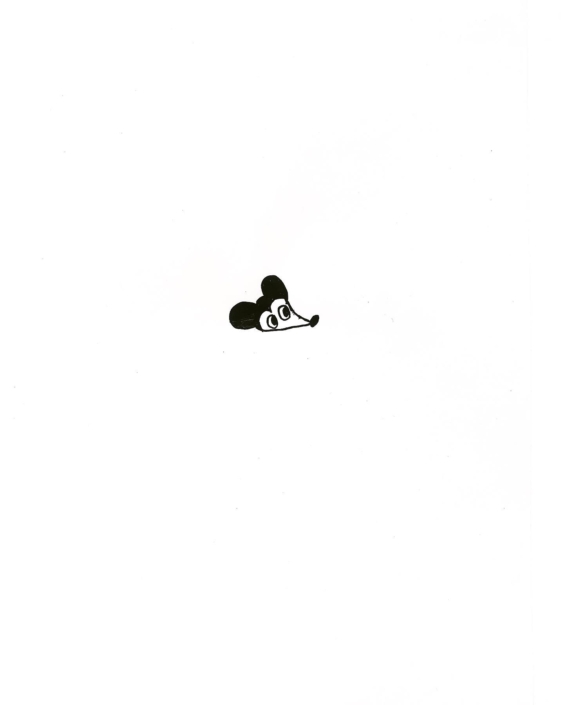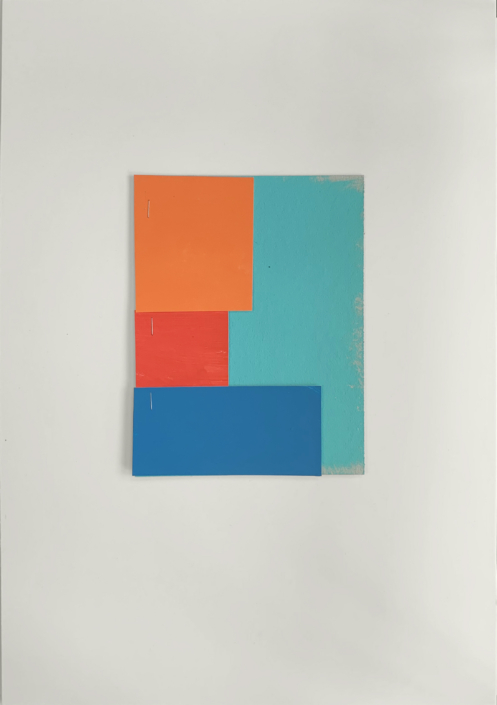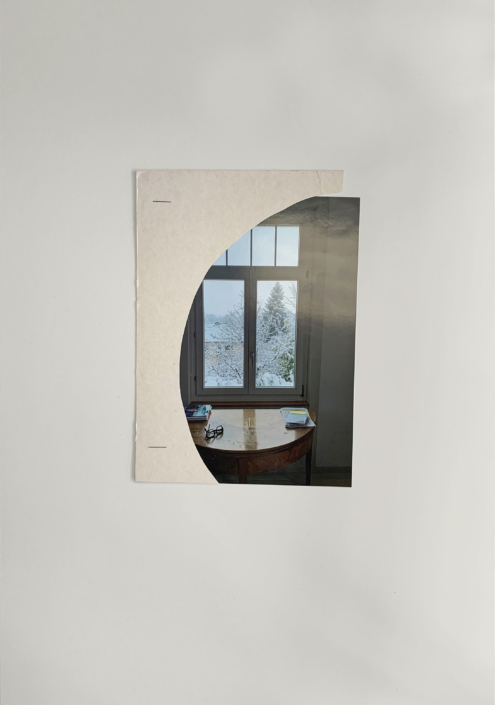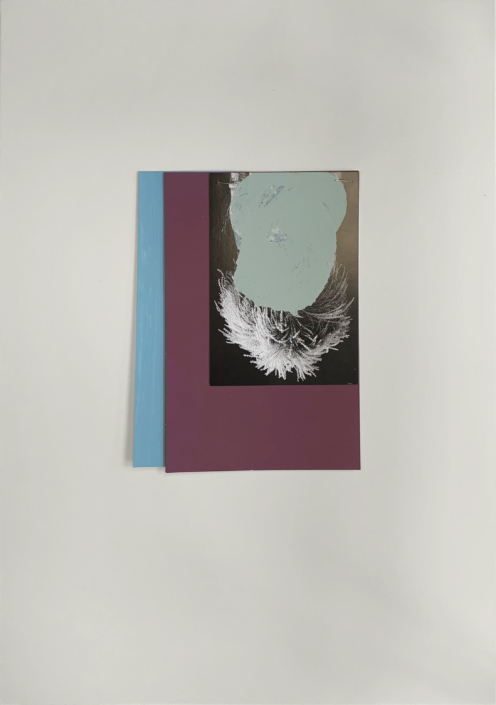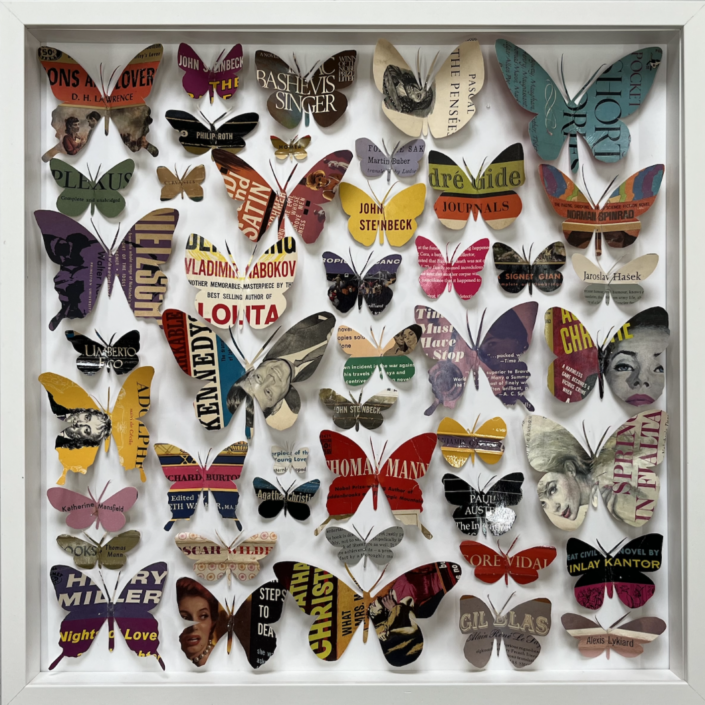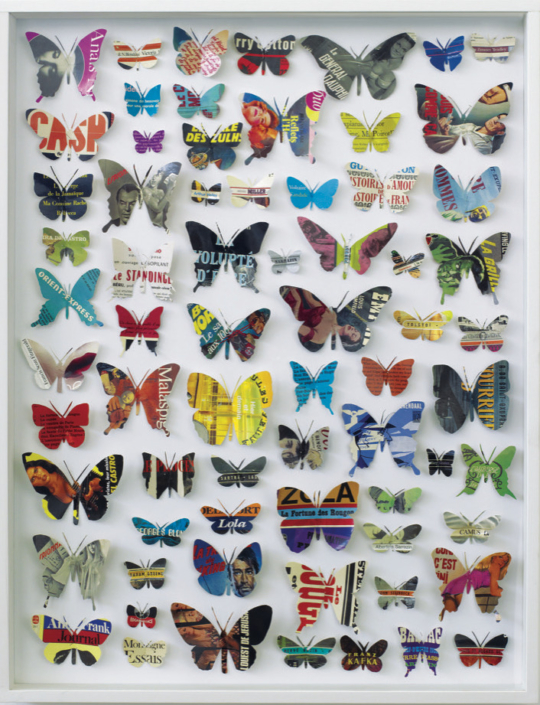‹ON PAPER› Xerxes Ach, Pascal Danz, Christian Denzler, Quynh Dong, Filip Haag, Sibel Kocakaya, Bodo Korsig, Kotscha Reist, Dominik Stauch, Sereina Steinemann, Peter Wüthrich
1.12.–23.12.2023
In the group exhibition ‘ON PAPER’ with eleven artists from the gallery programme, the focus is specifically on a selection of their works on paper: from drawing to collage to painting, the remarkable diversity in dealing with this medium, which is as familiar as it is unique, can be visibly experienced. The designs on and with paper share an immediacy that speaks directly to us, similar to handwriting, a personal message, a lasting memory.
Xerxes Ach (*1957) immerses us in his watercolours, which are as delicate as they are densely applied. In glazed colour spaces where we experience deeper nuances and moods, from the edges to the upper and lower layers to the base of the colours. In Pascal Danz’s (1951-2015) work, it is the surreally real images of landscapes, people and phenomena that present us with their own version of “history”, motifs and scenarios. The interplay in his painting between light and dark, blurred and sharp contours takes on a special life of its own, especially on paper. Christian Denzler (*1966) tries out different approaches to the motif in his drawings. Whether portraits of children, marbles or pietàs, he usually approaches his subjects several times, although more recently he has switched to an expressive, expressive stroke. Quynh Dong (*1982) combines different media such as video, performance and object art, as in her “performative watercolours”. She explores aspects of Western and Eastern history, interweaving their craftsmanship, tradition and rituals to ultimately open up new ways of seeing and thinking. A drawing of considerable size by Filip Haag (*1961) is on display, although he draws without actually wanting to be a draughtsman. However, he intuitively explores a path on paper with a pencil until the strokes condense into an image, a landscape, a cosmos. Sibel Kocakaya (*1986) is mostly based on observations that she captures photographically. This is symbolised by the eyes that look out at us from different angles, observing us. In black and white, she also creates a transformation and an equivalent to the colourful reality. Bodo Korsig (*1962) composes unconventional, organic forms with his “cut outs” made from coloured papers. They are reminiscent of landscapes, microscope images, plants or fungal growths and sometimes look like strange signs or symbols. Kotscha Reist (*1963) on the other hand, uses his own and found photographs, some of which have a historical flavour, as in the series The walz. They suggest a story, but without telling one. With partly broken colours and painterly variations, the pictures fascinate us and at the same time keep us at a distance. In a positive sense: because this leaves room for in-depth contemplation and reflection. The collages by Dominik Stauch (*1962) focus on another type of artistic paper work. He combines magazine cuttings, scraps of paper left lying around or a mirror to create novel, formally and colourfully subtle visual worlds. The drawings by Sereina Steinemann (*1984) show typical motifs of the artist, especially as she often draws on the collectively familiar imagery of comics in a reduced form. In particular, she focusses on the figure of Mickey, its symbolic and emblematic character as the icon of animated animal-human figures par excellence. Peter Wüthrich (*1962) starts directly from books, which he playfully, seriously and imaginatively transforms into works of art. Accordingly, the medium of paper has always been inscribed in his works. His pinned “book butterflies” relate to the literature and butterfly collection of the writer Vladimir Nabokov as well as to numerous other works from world literature, which can be recognised here in excerpts.
Marc Munter, 2023


